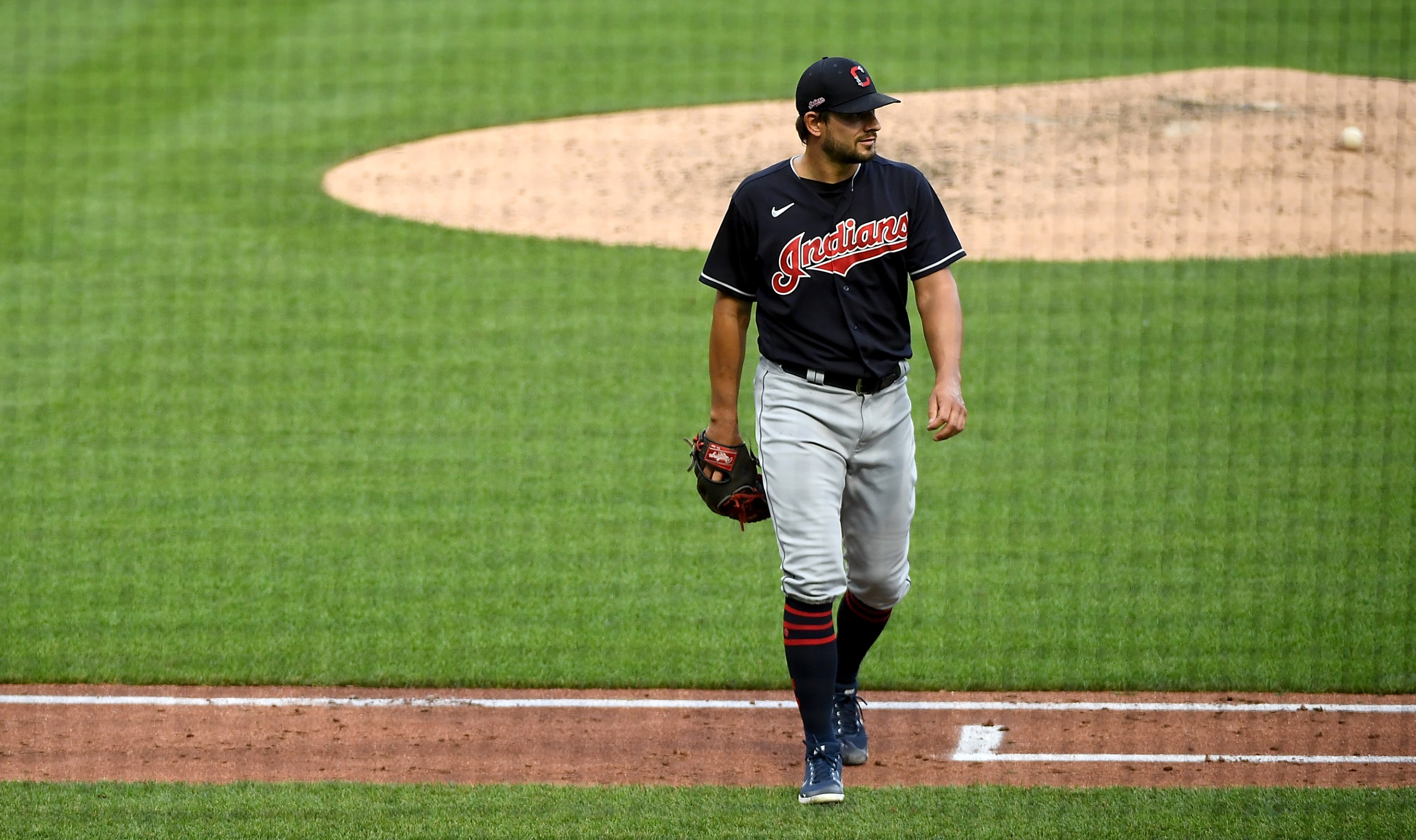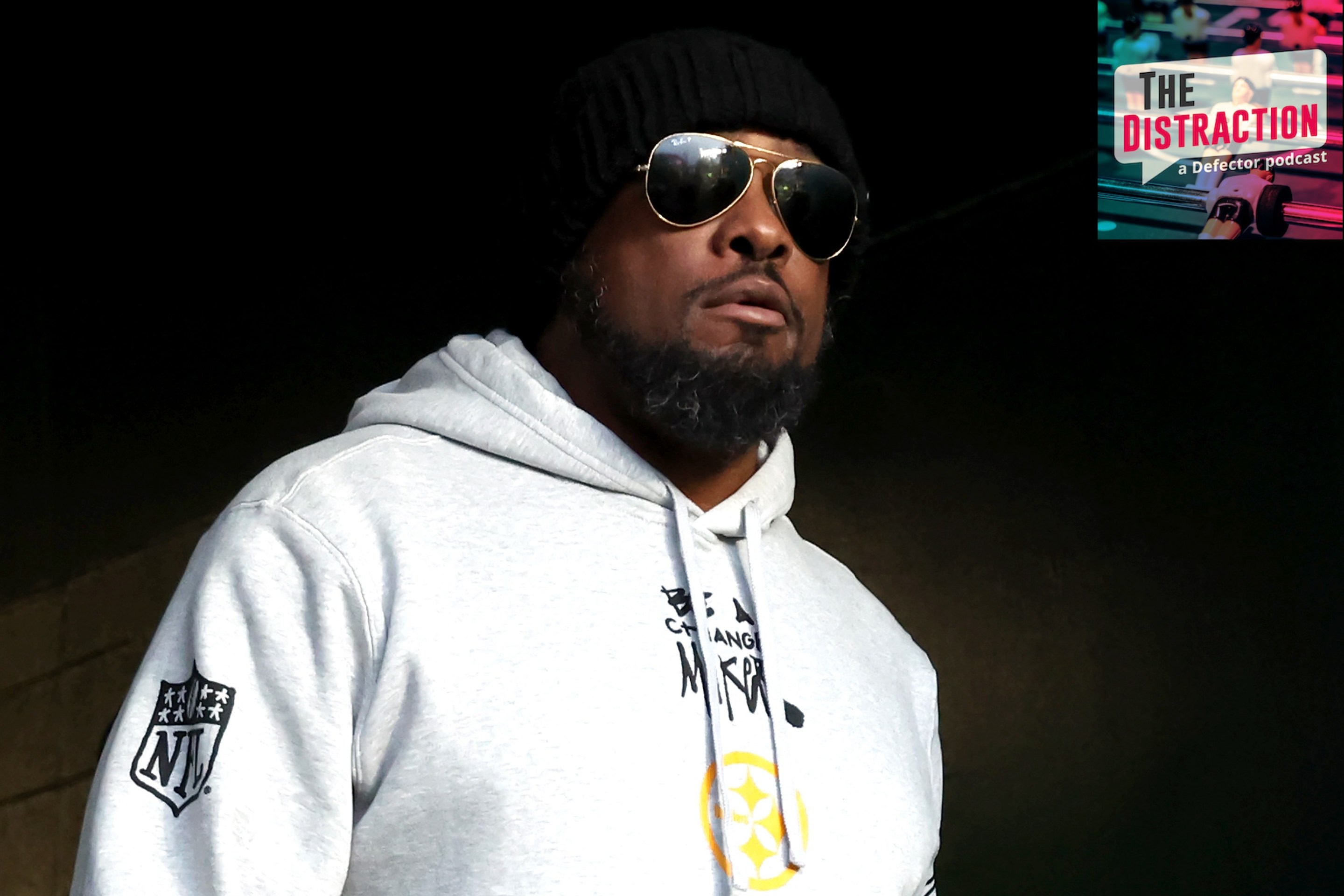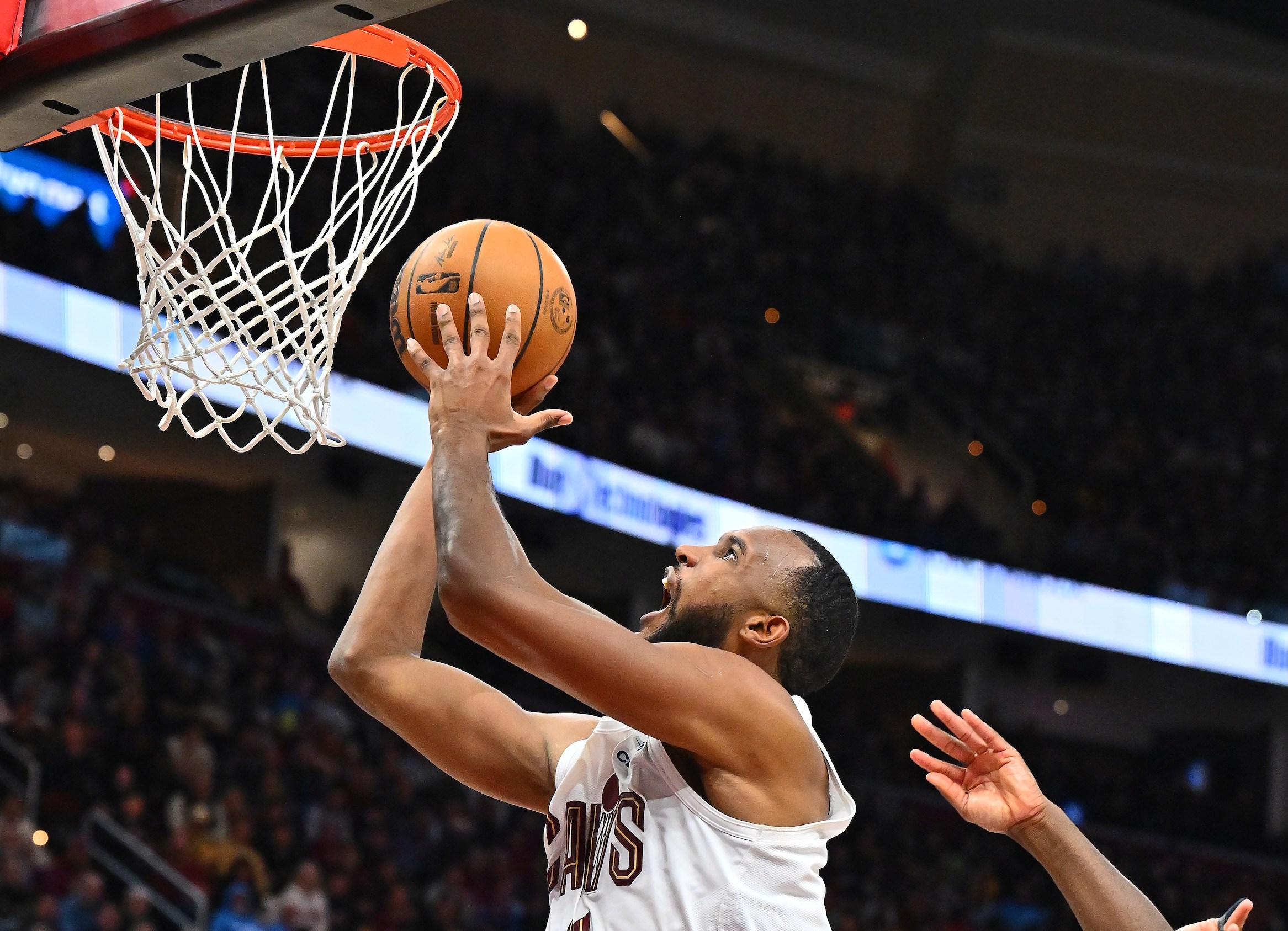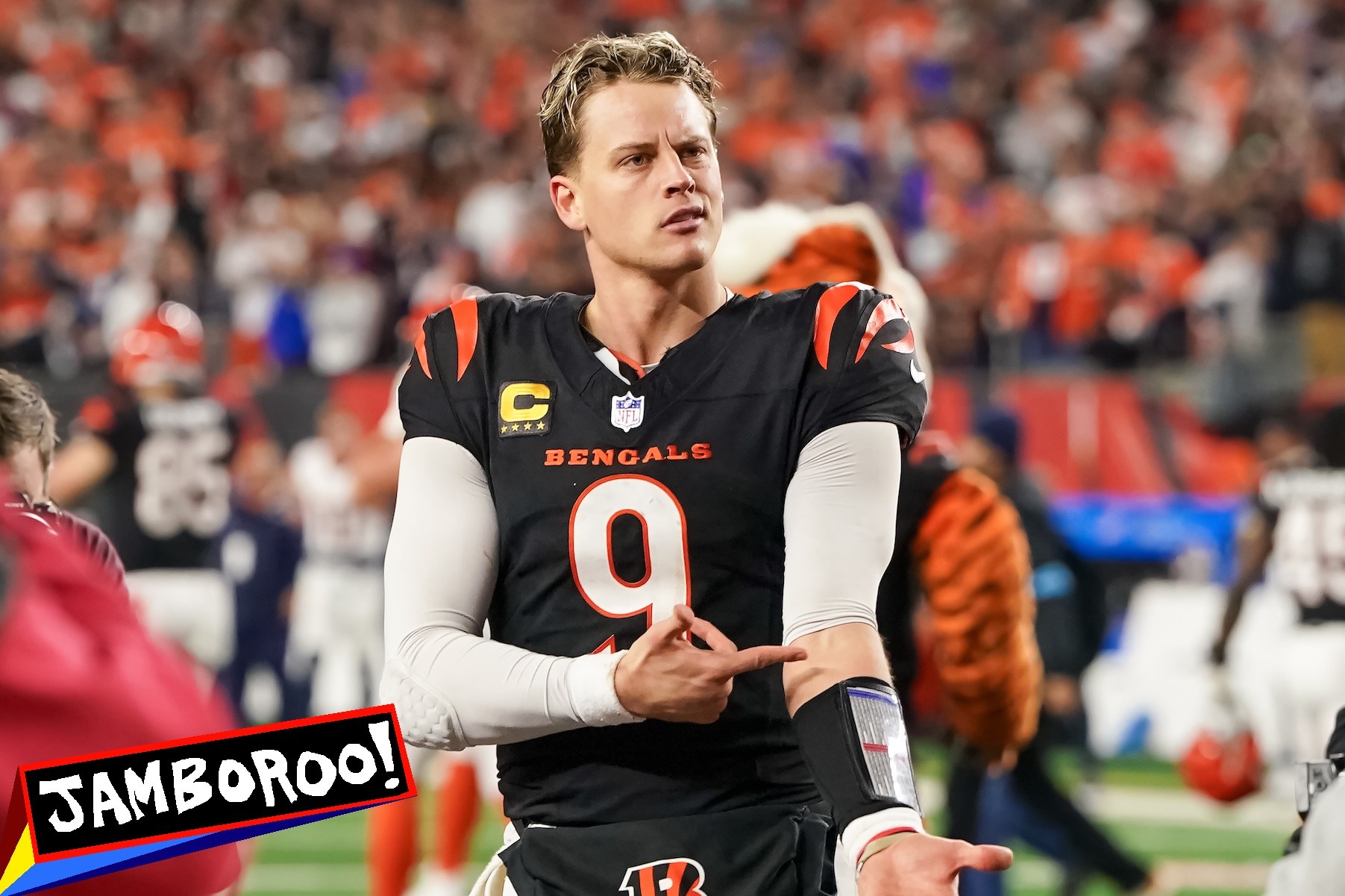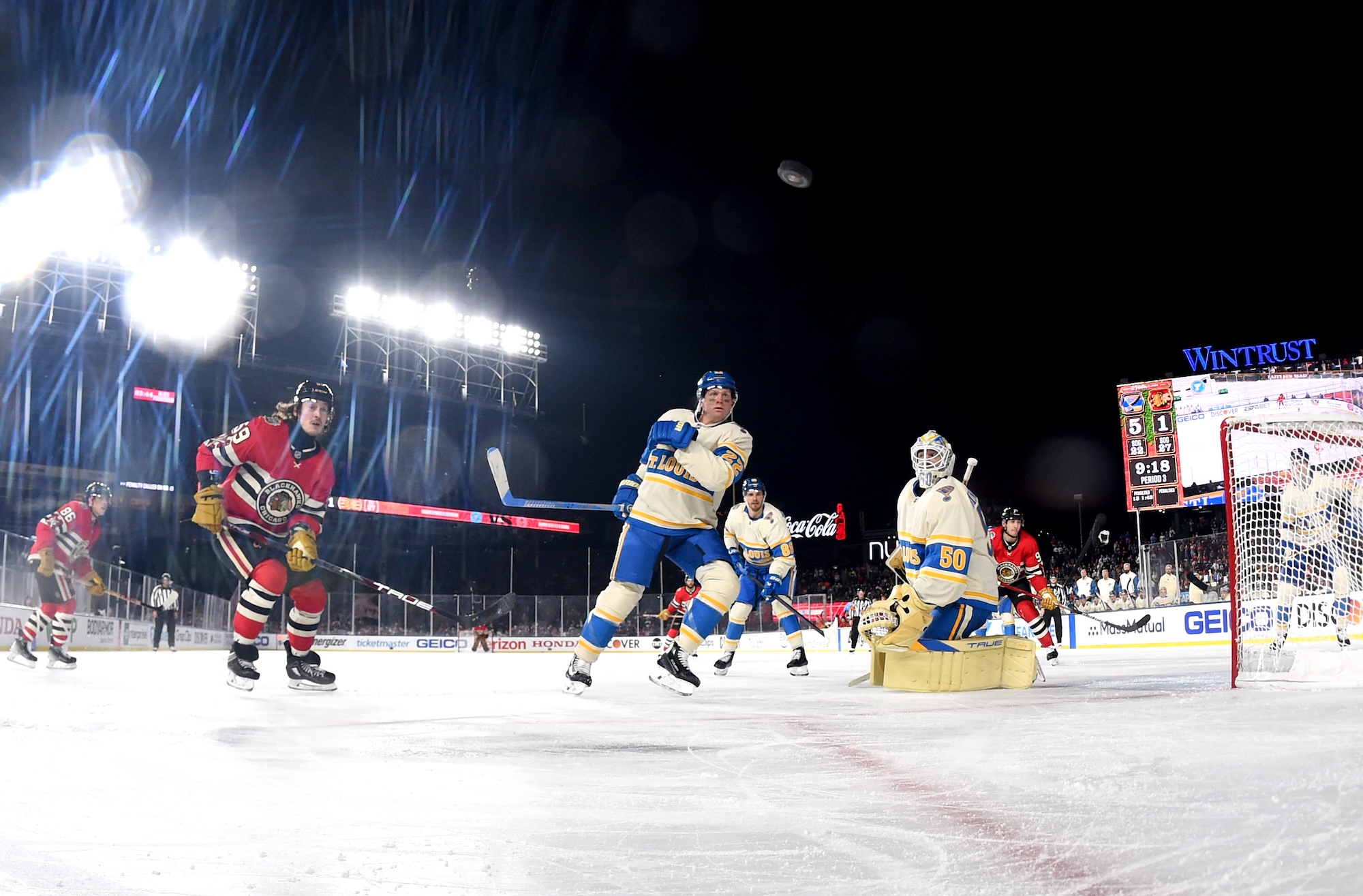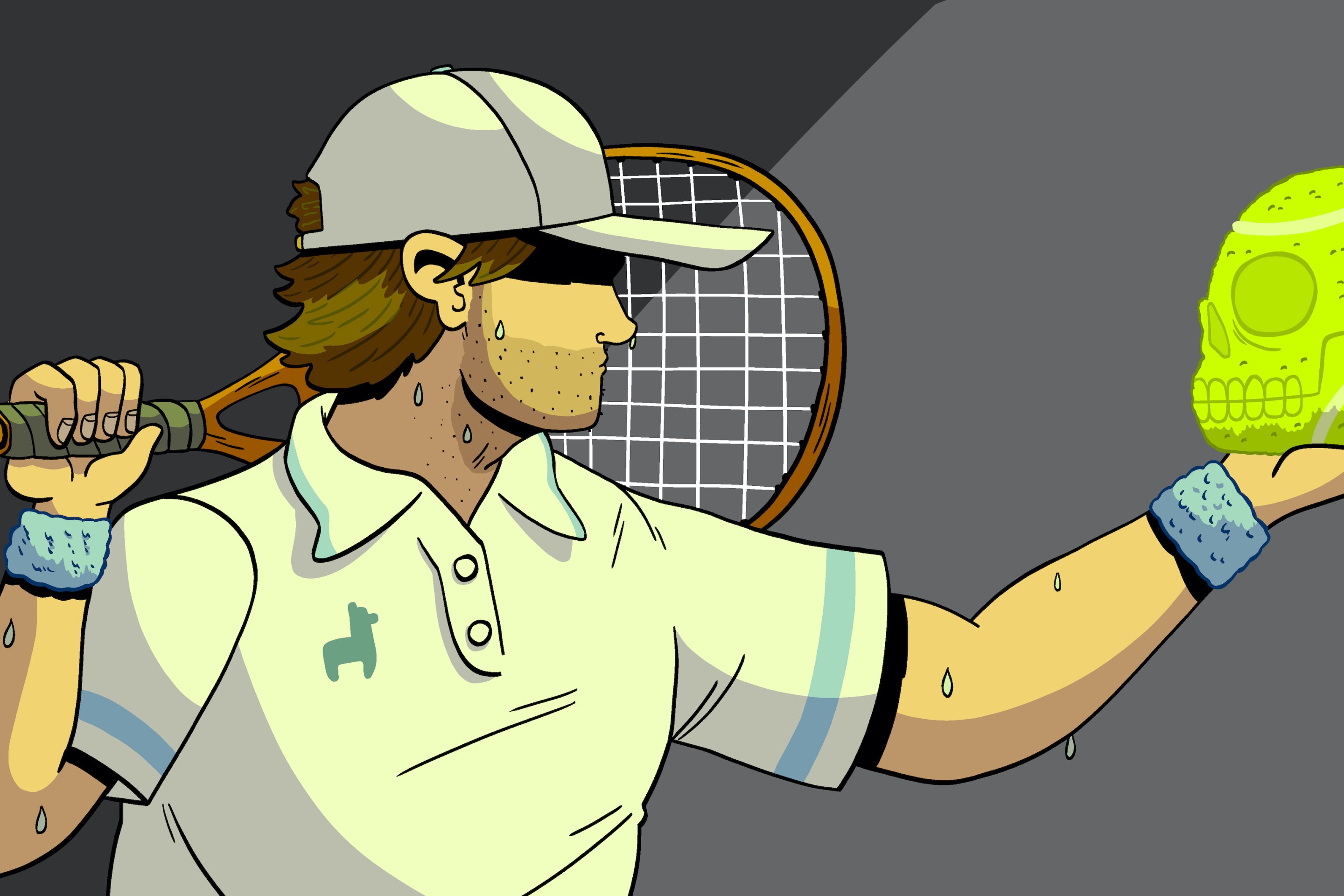Until Thursday afternoon, Brad Hand's baseball career had followed an easily recognizable and strikingly contemporary path. It may not have happened precisely as Hand himself hoped, but most careers don't work like that and anyway it worked out such that Hand had become an All-Star and a very rich man. More to the point, Hand's working life in baseball happened in a recognizable way that baseball careers happen now. In that sense, everything that he'd done seemed to point him in a particular direction, right up until the moment that it started pointing in another, more ominous one. Not ominous for Brad Hand, really. This is more of a global ominousness.
Briefly, on the first part: the Marlins took Hand with their second-round pick out of a high school in suburban Minneapolis in 2008, and he took 13 turns in their starting rotation just three years later. Hand was mostly a starter with the Marlins at first, and mostly treated very rudely in that role; he was slightly better in a swingman role without ever quite being good. Miami put him on waivers after the 2015 season, when Hand was 25, and San Diego signed him and made him first a reliever and then an extremely good one. Hand's stuff played up so well in shorter bursts that he nearly doubled his strikeout rate in his first season with the Padres. He was dominant as a setup man in 2016, and then an All-Star closer in 2017. Before the 2018 season, at 28, Hand signed a deal that guaranteed him $19.75 million over three seasons, with a team option for a fourth year at $10 million.
This is a lot of money, but also not really that much money for a top-tier closer to be paid by current MLB standards, which meant that while it made Brad Hand The Person very rich it also made Brad Hand The Fungible Baseball Production Unit even more valuable. He was a late-blooming star whose contract looked more and more like a deal with every leap forward he made, which is both a valuable thing to have and a valuable thing to be able to sell. Hand kept on leaping, and his contract looked more team-friendly with every improvement. He made the All-Star Team for San Diego again in 2018, and then the Padres traded him and another reliever to Cleveland for a blue-chip catching prospect. This is one way this sort of thing can go. The Padres weren't quite ready to contend in a way that made even a cheap top-tier closer more valuable than a prospect, and the Indians were then still trying to contend on an increasingly tight budget. Hand was worth more to the latter than the former. The prospect involved, Francisco Mejia, hasn't done much yet and never had a clear lane to playing time with the Padres, but that was hardly the point. The Padres got much more out of Hand than they put in; the circuit was closed, there.
Hand made another All-Star Team in Cleveland and continued to be one of the 10 or so best closers in baseball right through this season. His underlying metrics suggest some decline, but he remains a very good and very valuable player at 31. He's good because he still limits hard contact and strikes batters out in high-leverage innings, and valuable because even that $10 million salary is very competitive for a pitcher who can do those things. Cleveland could have kept Hand to close ahead of rising relief stars James Karinchak and Emmanuel Clase, or they could have done what the Padres did two years ago and dealt him to a team that was interested enough in acquiring a proven closer at a limited financial commitment to send a prospect the other way. Either would work, but one thing that a team would not do with a player like Brad Hand would be to simply let him walk for nothing but the right not to pay the minimal buyout in his contract. Which you have probably guessed by now is precisely what the Indians did on Thursday afternoon.
And now for the caveats: this is the part of the offseason when teams decline contract options and decide not to tender contracts to younger players they'd prefer not to pay through arbitration, and Hand was just one of a number of recognizable names to have been cut loose since the World Series ended on Tuesday night. There will surely be others, and it will not necessarily be sinister or ominous or anything but the rough and uneasy existence that is normal for the growing percentage of big leaguers made marginal by the league's economic trends. There are two things different about this, though. One is that Hand is not a marginal talent by any stretch, and the other is that he is not overpaid by any stretch.
It's clear enough what the Indians are doing, in this case and in general. They really do have cheap young in-house alternatives—Karinchak, who pitches with the same energy that Conner O'Malley brought to his Howard Schultz videos, is a damn delight—and have for some years been engaged in a project to find the precise amount worse they can get every offseason without officially becoming uncompetitive. How good or bad that seems will depend upon how well the Indians manage it, and so will mostly be interesting to fans of that team and arbitrage enthusiasts. But if Cleveland believes Hand would have negligible trade value at $10 million—if, as it seems, they would sooner dare a team to claim him on waivers than pay a nominal buyout—that would reflect a different and much bigger problem.
Even before the force majeure of the pandemic and its associated lost revenue spun the sport's doomsday clock forward a few hours, baseball's offseasons had become disconcertingly similar. The biggest free agents still get paid, if grudgingly and generally later than expected, but everything else has narrowed and shrunken into something untenable. Fewer teams are willing to spend the money necessary to compete, or seem compelled to try to compete at all; as a consequence, the middle of the player market has been subsumed into a large and growing margin of increasingly itinerant, increasingly fungible players. The sport itself has largely been sorted into a small number of teams that are actually trying to win not just a World Series but at all, and a much larger number that are mostly trying to get cheaper. All this coordinated austerity and tossed-off efficiency palaver and unconvincing executive bluster was pointing in the same grim direction even before COVID-19 afforded ownership the opportunity to shoot for a shock doctrine reset of first the playoff structure and then the marketplace.
The former sets up the latter, there. If a team can make the playoffs with a record around or below break-even, the incentive to build (and pay for) a team that's much better than that effectively disappears. This was always going to be an austere offseason, both because of broader trends in that direction and the more immediate pressure presented by all the revenue lost during this strange and stilted joke of a season. But if a top-ten closer is too expensive for an ostensibly competitive team at $10 million—or if a top-tier reliever like Darren O'Day is too expensive at $3.5 million for a Braves team that just took the world champions to seven games in the NLCS, to use another example from Thursday—then the reset may already be here. The queasiness of that fits the broader moment entirely too well. In baseball as everywhere else, the challenge of the pandemic—both the dangers it presents and the simple human duties it imposes—has mostly revealed institutions even more atrophied and abject than they previously appeared. In baseball as everywhere else, this was not really news. The shock of it, always, lies in the realization that the crisis that promised to tip all that rotten timber over was already happening.
